
How to Care for Beech Tree Roots: Essential Tips for Healthy Growth and Strong Root Development
A strong, healthy tree starts from the ground up, and when it comes to beech trees, the roots are the foundation of their success 

In this guide, we’ll walk you through simple yet powerful tips to ensure your beech tree roots are strong and well-supported. By the end, you’ll know exactly how to avoid common mistakes that can harm your tree and how to give it the best possible start. 
Table of Contents
ToggleUnderstanding the Importance of Beech Tree Roots 

Beech trees (Fagus spp.) are beautiful, majestic trees that thrive in well-maintained environments. Their health and longevity depend largely on their root system, which acts as the tree’s anchor and lifeline. Understanding the importance of beech tree roots is crucial to ensuring your tree grows strong, healthy, and resilient. Here’s why those roots matter so much—and how you can care for them properly!
1. The Role of Roots in Stability 
Beech tree roots provide essential stability, anchoring the tree firmly into the soil. Without healthy roots, the tree can topple in strong winds or storms, potentially causing damage. A well-established root system keeps the tree grounded, ensuring it stands tall and remains resistant to environmental stressors.
2. Nutrient and Water Absorption 
Roots are the primary channel for nutrients and water absorption. Beech trees need a steady supply of these resources to grow and thrive. When the roots are compromised, the tree struggles to get the essential nutrients it needs, leading to poor growth, yellowing leaves, and overall poor health. Ensuring the roots have enough space and proper care is vital for your tree’s vitality.
3. Air Exchange for Root Health 
Just like our lungs, beech tree roots need oxygen to function properly. A compacted or waterlogged soil can prevent the roots from getting the air they need, causing suffocation. Aerating the soil around your tree is key to maintaining healthy root systems. This helps roots breathe and supports optimal growth.
4. Root Protection from Damage 
Roots are vulnerable to various types of damage. Heavy foot traffic, lawnmowers, or even digging near the tree can injure the roots and inhibit their growth. Be cautious when working around your beech tree and always avoid disturbing the soil around its base. A protective mulch layer can also shield the roots from temperature fluctuations and potential damage.
5. Encouraging Strong Root Growth 
Healthy roots are the foundation of a strong beech tree. To promote healthy root growth, make sure to:
- Water deeply and regularly during dry spells, but avoid overwatering.
- Mulch around the base to retain moisture, regulate soil temperature, and prevent weeds from competing with the tree for nutrients.
- Ensure proper soil drainage, as beech trees prefer well-drained soils.
With proper root care, your beech tree will grow to be strong and beautiful, providing shade, beauty, and environmental benefits for years to come.
Taking care of your beech tree roots isn’t complicated, but it’s essential to your tree’s health and success. Keep these tips in mind, and your tree will thank you with lush, vibrant foliage!
Best Practices for Beech Tree Root Care 
Caring for your beech tree’s roots is essential to ensure it grows strong, healthy, and long-lived. Whether you’re planting a new tree or maintaining an established one, following these best practices will help you nurture its roots effectively.
1. Choose the Right Planting Location 
Beech trees thrive in deep, well-drained soil, so it’s crucial to pick a spot with these conditions. Avoid areas with compacted soil or poor drainage, as these can lead to root rot and stunted growth. Ideally, plant your tree in a location with plenty of space for its roots to expand, away from structures and other trees that could hinder growth.
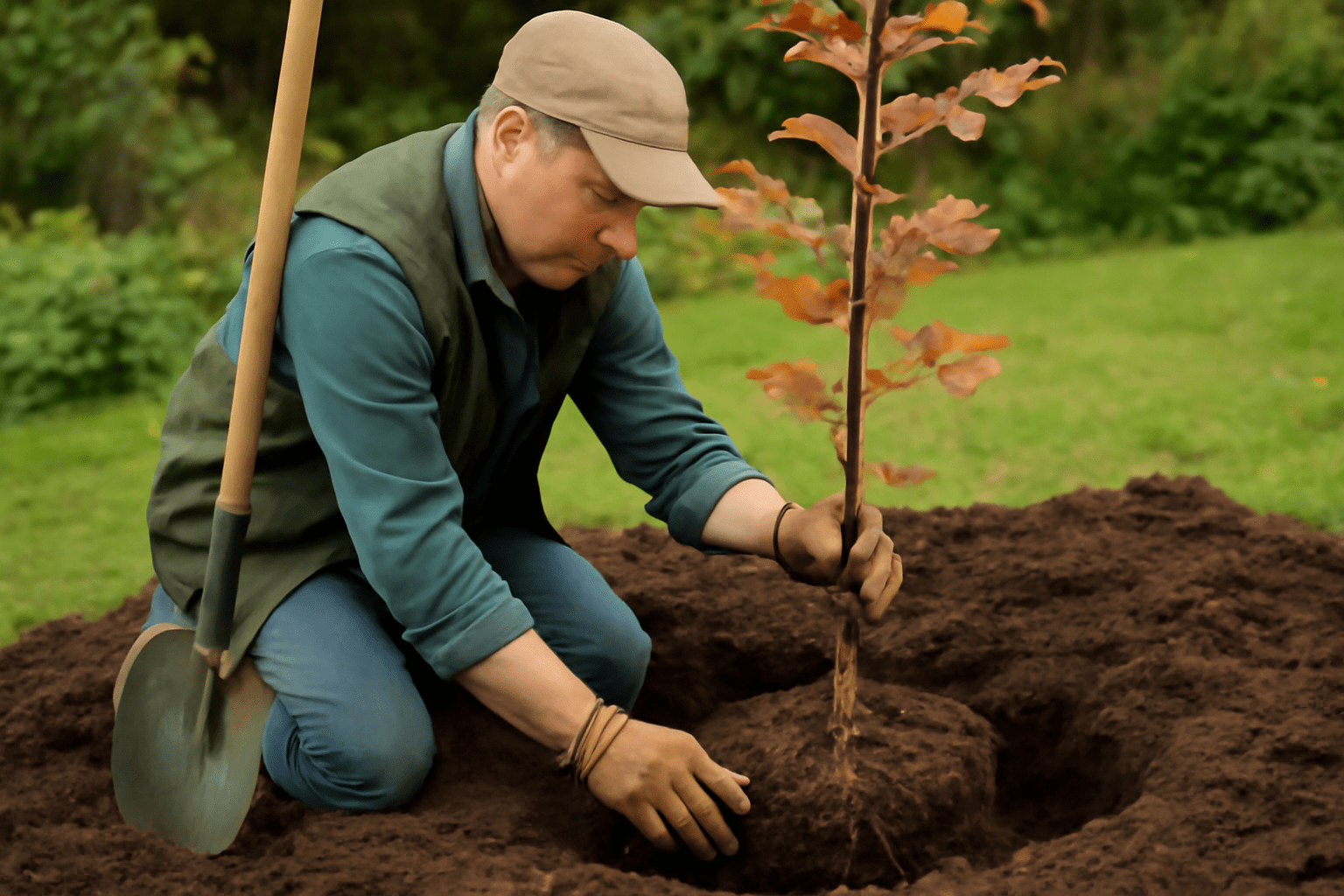
2. Proper Planting Depth 
When planting a beech tree, make sure the root flare (the part where the trunk meets the roots) is level with the soil surface. Planting too deep can suffocate the roots, while planting too shallow can expose them to the elements, both of which hinder proper growth. The goal is to keep the roots healthy and oxygenated.
3. Water Consistently but Not Excessively 
Beech tree roots need a steady supply of moisture, but overwatering can cause problems like root rot. During the first few years after planting, water your tree deeply but infrequently, ensuring the soil stays moist but not soggy. Once established, beech trees are fairly drought-tolerant but will benefit from occasional watering during dry spells.
4. Mulch Around the Base 
A layer of organic mulch around the base of the tree helps retain moisture, regulate soil temperature, and prevent weed growth. Apply a 2–3 inch layer of mulch, but make sure it doesn’t touch the trunk to avoid moisture buildup that can lead to rot.
5. Avoid Root Disturbance 
Beech tree roots are sensitive, so it’s essential to minimize disturbance around them. Avoid digging or disturbing the soil near the tree’s base, especially during the growing season. If you need to remove weeds or grass, do so carefully to prevent damaging the roots.
6. Aerate the Soil When Necessary 
In compacted soil, roots can struggle to get the oxygen they need to grow properly. If you notice poor root development, aerating the soil around your tree can help. You can do this by gently poking holes with a garden fork or an aerating tool, allowing air and water to reach the roots.
7. Monitor for Pests and Diseases 
Beech tree roots are vulnerable to various pests and diseases, like root rot or fungal infections. Regularly inspect the base of the tree for signs of damage, such as yellowing leaves or wilting. If you spot issues, consider consulting a professional arborist for advice on treatment options.
8. Prune with Caution 
While pruning is important for overall tree health, be careful not to remove too many roots or disturb them when trimming. Roots play a vital role in nutrient absorption, and cutting too many can weaken the tree over time.
By following these simple yet effective root care practices, you can ensure that your beech tree will grow strong and thrive for many years to come. 
Common Root Issues and How to Prevent Them 
Beech trees (Fagus) are stunning, resilient trees, but like all plants, their roots can face some challenges. To ensure your beech tree thrives, it’s important to recognize and prevent common root issues before they affect its health. Let’s explore these problems and how you can avoid them!
1. Root Rot – The Silent Killer 
Root rot occurs when the roots stay too wet for long periods. This can happen in poorly drained soil or if the tree is overwatered. The roots suffocate and begin to decay, leading to stunted growth and even tree death.
How to prevent it:
- Ensure your tree is planted in well-draining soil.
- Avoid overwatering. Beech trees need regular moisture, but their roots should not sit in water.
- Consider adding organic matter like mulch or compost to improve soil drainage.
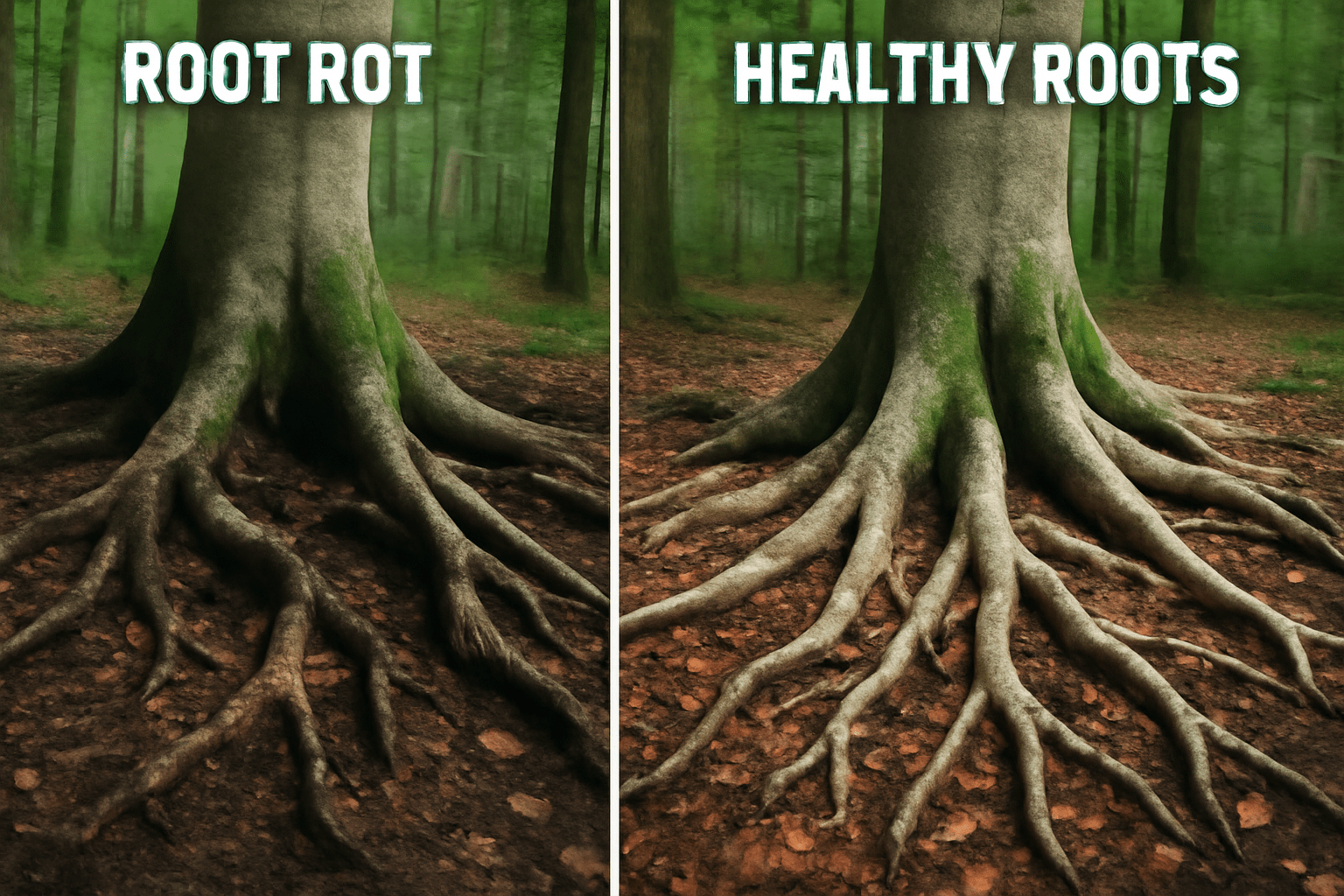
2. Compacted Soil – Roots Can’t Breathe 
If your tree’s roots are confined to compacted soil, they can’t spread out properly, which limits their ability to absorb nutrients and water. This often happens in areas with heavy foot traffic or when the soil has been overworked.
How to prevent it:
- Aerate the soil around your tree regularly to ensure the roots have room to grow and breathe.
- Use a soil tester to check for compaction levels and adjust accordingly.
3. Girdling Roots – Roots That Strangle Themselves 
Sometimes, roots start growing in a circular pattern around the base of the tree instead of outward. This is called girdling, and it can “strangle” the tree by cutting off water and nutrient flow. It’s a sneaky issue that can slowly weaken the tree.
How to prevent it:
- Ensure the planting hole is wide enough for the roots to spread naturally.
- If you notice girdling roots early on, gently prune them back or untangle them (carefully!) during planting.
4. Damage from Lawn Equipment 
Lawnmowers, trimmers, and other gardening tools can damage the roots near the tree’s surface. Even minor injuries can lead to infection or decay.
How to prevent it:
- Keep a clear buffer zone around your beech tree. Use mulch to protect the roots from accidental damage.
- Be mindful when mowing or trimming near the tree.
5. Pests and Disease – Silent Root Invaders 
Pests like root-feeding nematodes or soil-borne fungi can cause damage to your beech tree’s roots. These invisible threats weaken the tree’s ability to grow and absorb nutrients.
How to prevent it:
- Regularly inspect your tree for signs of pest infestations or diseases. Look for yellowing leaves or unusual growth patterns.
- If you detect pests, use eco-friendly insecticides or consult a tree care professional for treatment.
Final Thoughts 
Root health is the foundation of a thriving beech tree. By addressing these common issues early and following simple preventative steps, you can help ensure your tree grows strong, healthy, and vibrant for years to come.
Happy gardening!
How to Encourage Healthy Root Growth 
Strong, healthy roots are the foundation of a thriving beech tree. When roots are properly nurtured, your tree will grow tall, strong, and resilient. Here’s how to encourage the best root development for your beech tree:
1. Plant in Well-Draining Soil 
Roots need oxygen to grow, and soil that doesn’t drain well can suffocate them. Beech trees thrive in slightly acidic, loamy soil that’s rich in organic matter. Avoid planting them in areas where water tends to pool, as this can cause root rot. 
2. Water Properly 
While young beech trees need regular watering, overwatering can harm the roots. Keep the soil consistently moist, but not soggy. Water deeply to ensure the moisture reaches the root zone. Be mindful during dry spells—your tree needs hydration, but too much water can lead to root rot.
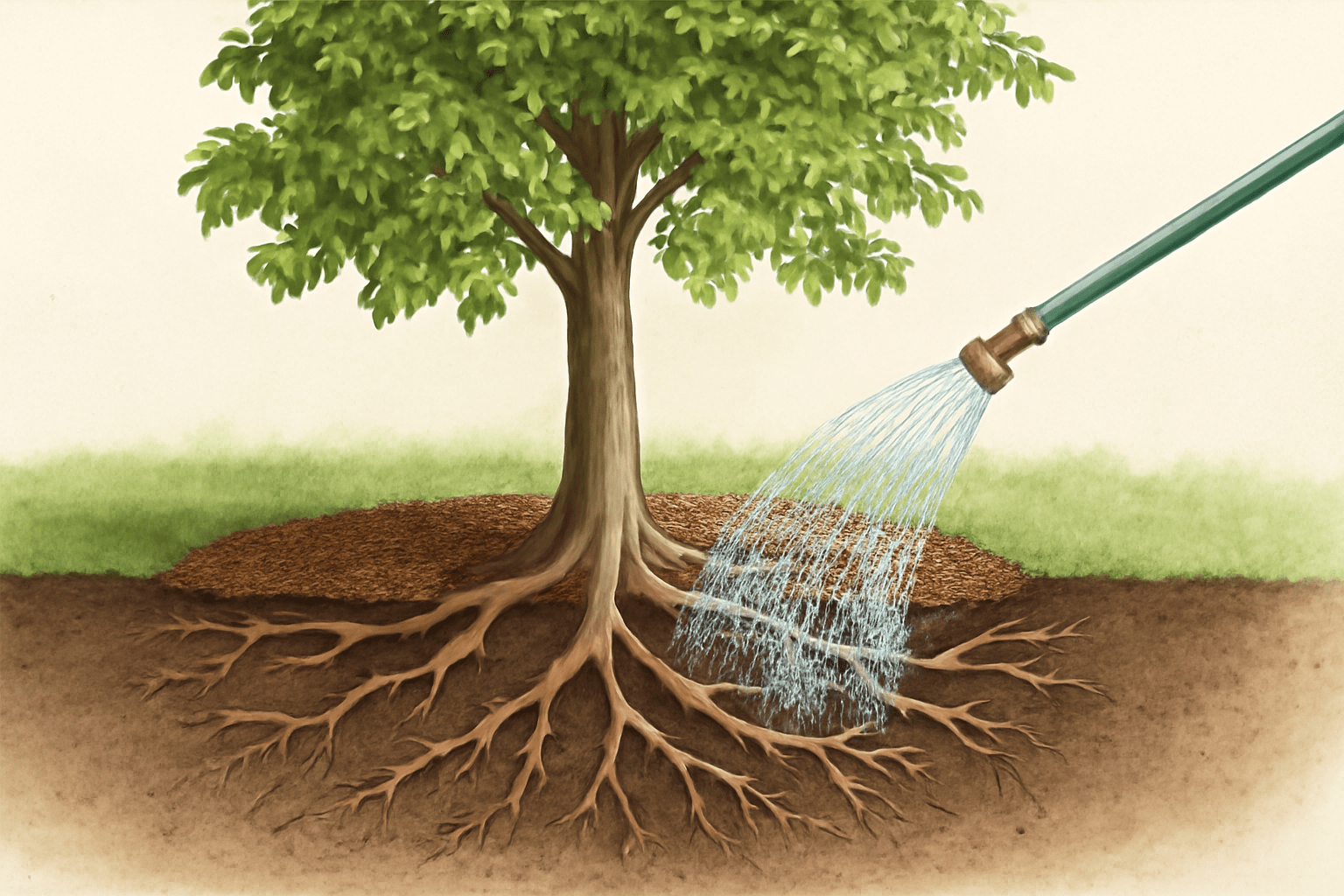
3. Mulch Around the Base 
Adding a layer of mulch around your beech tree helps conserve moisture, regulate temperature, and prevent weeds. Organic mulch, like wood chips or shredded bark, is the best choice. Apply a 2-4 inch layer of mulch, but make sure it doesn’t touch the tree trunk directly. This helps the roots stay cool and protected.
4. Avoid Compaction 
Soil compaction occurs when heavy foot traffic or machinery presses the soil down, making it harder for roots to grow. To protect the roots, avoid walking or driving near the base of your tree. If you need to work around the tree, consider using a board or mat to spread the weight and prevent compacting the soil.
5. Fertilize Gently 
Beech trees aren’t heavy feeders, so don’t over-fertilize. A slow-release, balanced fertilizer applied in early spring can encourage root development. Too much fertilizer can harm the roots and burn the soil. Always follow the recommended application rates to avoid overfeeding.
6. Prune Wisely 
Pruning your beech tree helps direct energy to the roots and encourages overall health. Focus on removing dead or damaged branches. Avoid excessive pruning, as this can stress the tree and interfere with root growth. Healthy branches equal healthy roots!
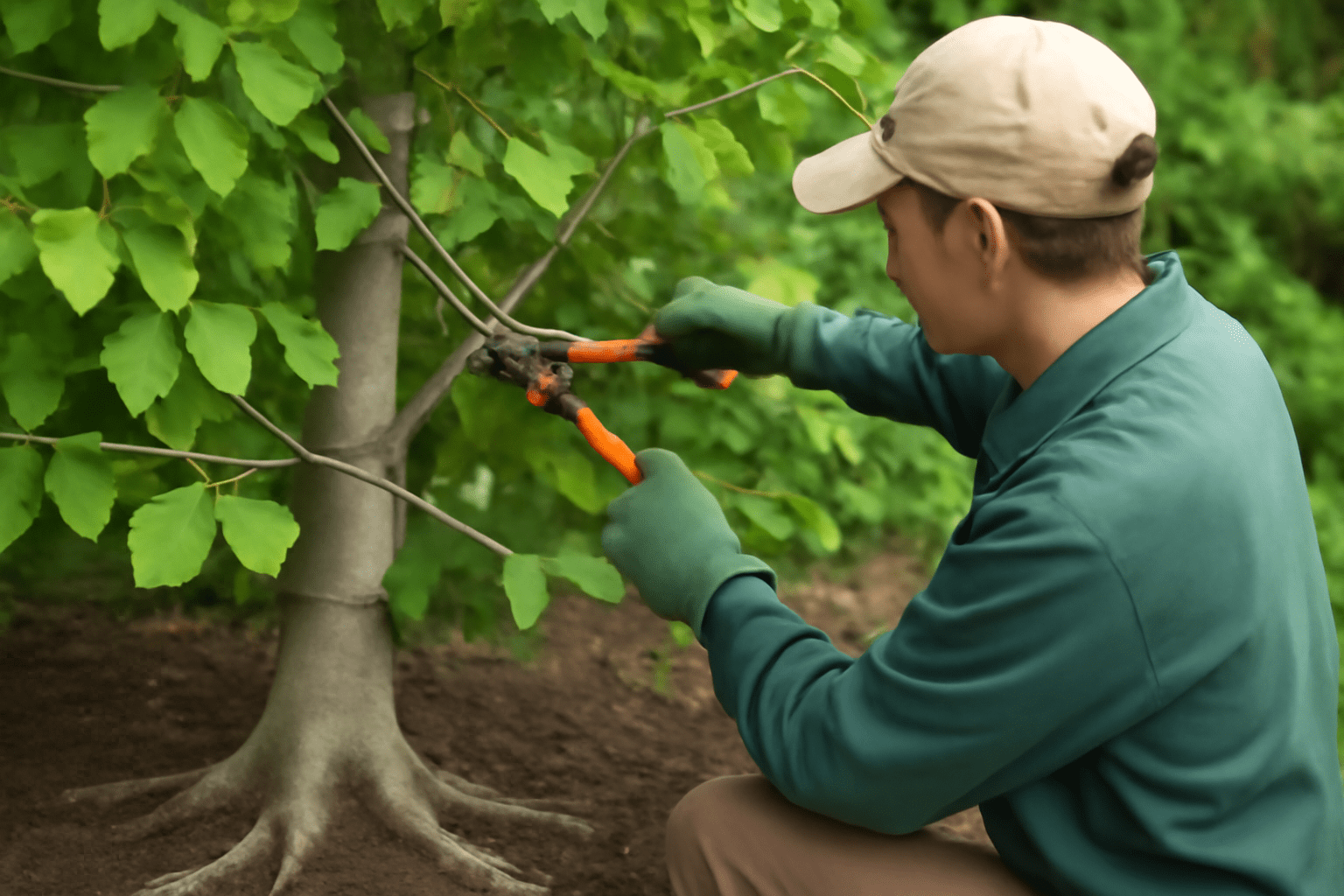
7. Protect from Pests and Disease 
Healthy roots are more resistant to pests and diseases. Keep an eye out for common threats like root rot, fungal infections, or insect infestations. Treat any problems early to prevent damage to the root system. A healthy tree above the ground supports a strong root network.
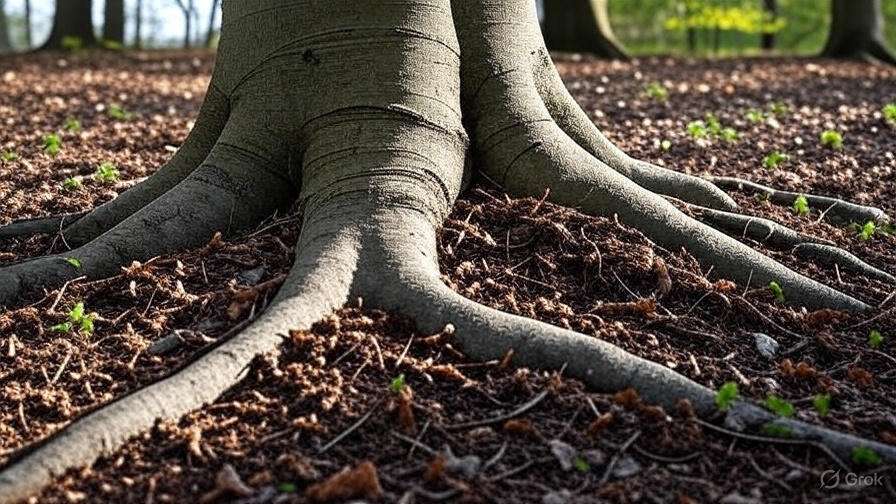
By following these simple tips, you’ll help your beech tree develop a robust root system that will ensure years of healthy growth and stunning beauty.
Conclusion 
Caring for your beech tree roots is essential for ensuring its long-term health, vitality, and strength. A strong root system lays the foundation for a thriving tree, supporting its growth, water and nutrient absorption, and overall resilience to environmental stress. By implementing the tips shared in this guide—such as proper planting, consistent watering, mulching, and soil care—you’ll be setting your beech tree up for success.
Remember, healthy roots don’t just happen by chance—they require regular attention and thoughtful care. Protecting your beech tree roots from common issues like root rot, compaction, and damage will prevent unnecessary stress and promote vigorous growth. Whether you’re a seasoned gardener or a beginner, these simple practices will help ensure that your beech tree grows strong, healthy, and beautifully for years to come.

By investing time in root care, you’ll reap the rewards of a flourishing tree that enhances your landscape and provides lasting beauty. 
Frequently Asked Questions(FAQ)
Why are beech tree roots so important for tree health?
Beech tree roots are vital for the tree’s overall health because they anchor the tree and absorb water and nutrients from the soil. A strong root system helps your tree grow tall, stay healthy, and withstand environmental stressors like drought or heavy winds. Proper root care ensures that the tree has the energy to thrive and produce healthy foliage.
How can I tell if my beech tree’s roots are damaged?
Signs of damaged beech tree roots include wilting, yellowing leaves, stunted growth, or a tree that leans or falls over easily. If you notice these symptoms, check the soil for signs of root rot (such as a foul smell) or compaction, and ensure the tree’s roots are getting proper air and water flow
What is the best way to plant a beech tree to ensure healthy roots?
To plant a beech tree for healthy root growth, choose a location with well-drained, slightly acidic soil. Dig a hole twice the width of the root ball but no deeper than the root’s depth, and make sure the root collar is level with the soil. This ensures the roots can spread out freely, establishing a solid foundation for the tree.
How often should I water my beech tree for optimal root development?
Water your beech tree deeply but infrequently, aiming to saturate the soil around the root zone. During dry spells, water once a week, ensuring that moisture reaches at least 6–8 inches below the surface. Be careful not to overwater, as soggy soil can lead to root rot.
Can I use mulch to protect my beech tree roots?
Yes, applying mulch around the base of your beech tree helps retain moisture, regulate soil temperature, and protect the roots from extreme temperatures. Use organic mulch like bark or wood chips, but keep it a few inches away from the trunk to avoid moisture buildup and potential rot.
How do I prevent root rot in my beech tree?
Prevent root rot by ensuring your beech tree is planted in well-drained soil and avoiding overwatering. If the soil stays too wet, the roots can suffocate, leading to decay. Regularly check for signs of root rot, such as wilting or a foul odor, and improve drainage by amending the soil with compost if needed.
Is it necessary to fertilize my beech tree for healthy roots?
While beech trees don’t require heavy fertilization, a light application of balanced, slow-release fertilizer in early spring can promote strong root development and overall tree health. Avoid fertilizing late in the season, as this can encourage tender growth that may be susceptible to frost damage.
How can I encourage deep root growth for my beech tree?
Encourage deep root growth by watering deeply and infrequently, which forces the roots to grow downward in search of moisture. Avoid shallow watering, as it encourages surface roots, which are more vulnerable to drying out and damage. Ensuring the tree has ample space for its roots to spread also contributes to strong, deep-rooted growth.





